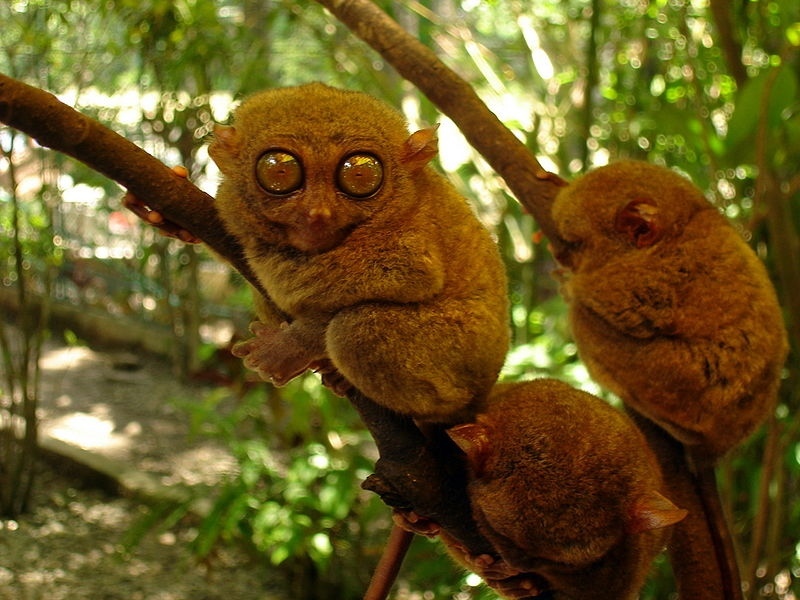 |
| World Governments Make a Stand Against Ivory Trading |
Have you heard about the African Elephant Summit?
Read more about it at
https://cmsdata.iucn.org/downloads/african_elephant_summit_final_urgent_measures_3_dec_2013.pdf
To summarise the summit, there are "14 Urgent Measures" in the African Elephant Summit to halt and reverse the trend in illegal killing of elephants and the illegal ivory trade.
I would like to pick out a few of the Urgent Measures which, in my opinion, are slightly more interesting.
Urgent Measure 9
"Design and carry out national studies and public awareness programs, aimed at all
sectors, which include information on the ramifications of illegal killing of elephants and
the illegal ivory trade on the economy, national security, public safety and the ecosystem
services elephants provide."
Urgent Measure 11
"Develop and implement strategies to eliminate the illegal trade in ivory and use
evidence-based campaigns for supply and demand reduction that use targeted strategies
including, where appropriate, government-led approaches, to influence consumer
behaviour. "
These two "Urgent Measures" targets the consumer, and they are the measures that I agree the most with! Indeed, education and awareness campaign targetted at the public would definitely help against illicit wildlife trafficking! As the saying goes, "Knowledge is Power". With knowledge, perhaps more people will understand the need for protecting wildlife and their environment. In my opinion, awareness and education are likely to curb the demand for such illegal wildlife products.
Urgent Measure 12
"In African elephant range States, engage communities living with elephants as active
partners in their conservation by supporting community efforts to advance their rights
and capacity to manage and benefit from wildlife and wilderness."
Besides targetting the consumers, the next most important player to target will be the people living nearest to the wildlife, since they are the ones could are directly affect the animals. As mentioned in the previous post, many people tend to blame the poor for the overexploitation of natural resources. However, we have to take into account their underlying reasons for the exploitation. Hence, by engaging the communities, we could potentially curb one of the root cause of the illegal hunting of elephants.
Additional News~
More reasons to rejoice!
Additional Hope for the Wildlife!
 |
| A reason for Hope (: |
Last year, 5 African Nations, Gabon, Botswana, Chad, Tanzania, and Ethiopia, signed up for the Elephant Protection Initiative in London in February!
Read more about it at Elephant Protection Initiative.
References
Anon, (2014). [online] Available at: https://cmsdata.iucn.org/downloads/african_elephant_summit_final_urgent_measures_3_dec_2013.pdf [Accessed 2 Nov. 2014].





